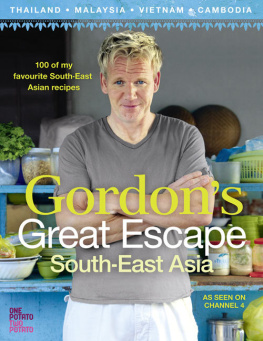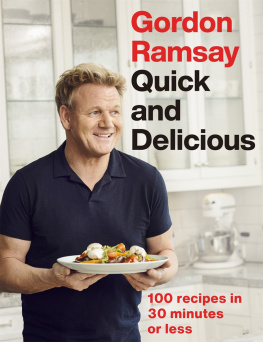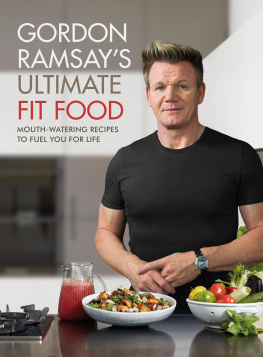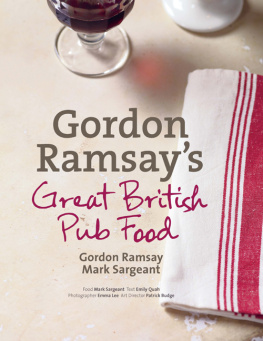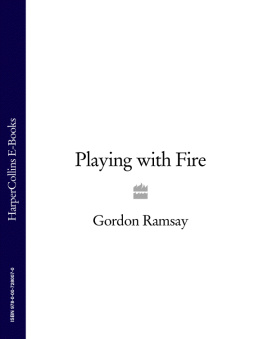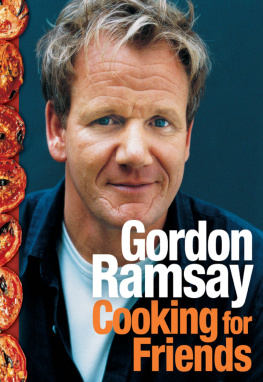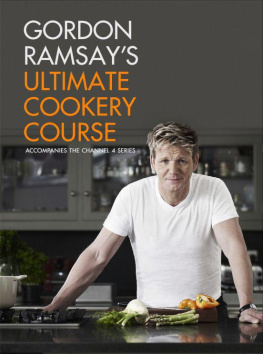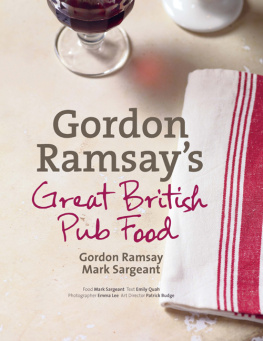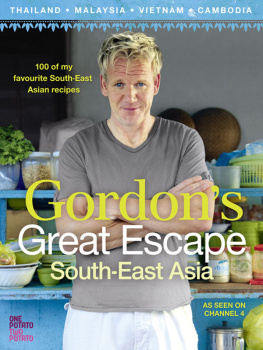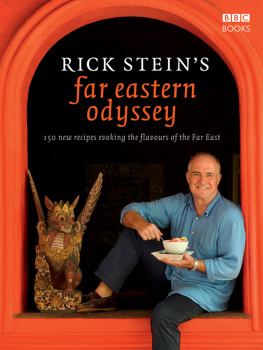Gordon Ramsay - Gordon’s Great Escape Southeast Asia: 100 of my favourite Southeast Asian recipes
Here you can read online Gordon Ramsay - Gordon’s Great Escape Southeast Asia: 100 of my favourite Southeast Asian recipes full text of the book (entire story) in english for free. Download pdf and epub, get meaning, cover and reviews about this ebook. year: 2011, publisher: HarperCollins, genre: Home and family. Description of the work, (preface) as well as reviews are available. Best literature library LitArk.com created for fans of good reading and offers a wide selection of genres:
Romance novel
Science fiction
Adventure
Detective
Science
History
Home and family
Prose
Art
Politics
Computer
Non-fiction
Religion
Business
Children
Humor
Choose a favorite category and find really read worthwhile books. Enjoy immersion in the world of imagination, feel the emotions of the characters or learn something new for yourself, make an fascinating discovery.
- Book:Gordon’s Great Escape Southeast Asia: 100 of my favourite Southeast Asian recipes
- Author:
- Publisher:HarperCollins
- Genre:
- Year:2011
- Rating:3 / 5
- Favourites:Add to favourites
- Your mark:
Gordon’s Great Escape Southeast Asia: 100 of my favourite Southeast Asian recipes: summary, description and annotation
We offer to read an annotation, description, summary or preface (depends on what the author of the book "Gordon’s Great Escape Southeast Asia: 100 of my favourite Southeast Asian recipes" wrote himself). If you haven't found the necessary information about the book — write in the comments, we will try to find it.
On the second leg of his Great Escapes series, Gordon Ramsay sets out to discover the flavours of Asia, on a remarkable journey that leads him through Thailand, Cambodia, Malaysia and Vietnam. 100 new recipes are inspired by the tastes and experiences he encounters along the way.
In this book to accompany the TV series, stunning photography and Gordons inspirational travel stories combine to depict a richly-textured portrait of a continent. With breathtaking landscapes as his backdrop, Gordon is welcomed into local communities and shown the age-old traditions and secrets that underpin their native dishes. He meets characters with fascinating lives, shares delicious meals in beautiful surroundings, and is invited to take part in the customs and rituals of the land venturing into paddy fields to observe the rice worship, accompanying huntsmen on their quest for frogs and honey, navigating the inky night-time ocean for moonlit fishing, and cooking up a feast in a colossal Malay temple.
Gordon has devised over 100 new recipes to showcase the very essence of these cultures and cuisines. There are unique tastes and styles from across the region, with a wealth of enticing ingredients: from tangy limes and the earthy scent of sesame oil, to floral jasmine and lush green banana leaves. Dont let unfamiliar recipe names put you off Tom Yam Goong Nam Khon is a divine hot and sour prawn soup, Ngah Poh Kai Fan a slow-cooked clay-pot chicken and Karipap the Malay answer to a Cornish pastie.
And there are recipes that even wary cooks will recognise Chicken Satay, Pad Thai, Red and Green Curries though look closer and each recipe has something extra, an authenticity that comes from taking the time to understand the origins of the dish. Gordon proves that the real thing is easy to replicate at home, whether its a single spice that makes all the difference, marinating a cut of meat for 12 unhurried hours, or being brave enough to try a key new ingredient such as kaffir lime leaves or lemongrass (readily available in supermarkets but often overlooked).
Let Gordon open your eyes with his vivid portrayal of a magnificent continent, and enjoy some of the very greatest Asian dishes in your own kitchen.
Gordon Ramsay: author's other books
Who wrote Gordon’s Great Escape Southeast Asia: 100 of my favourite Southeast Asian recipes? Find out the surname, the name of the author of the book and a list of all author's works by series.

